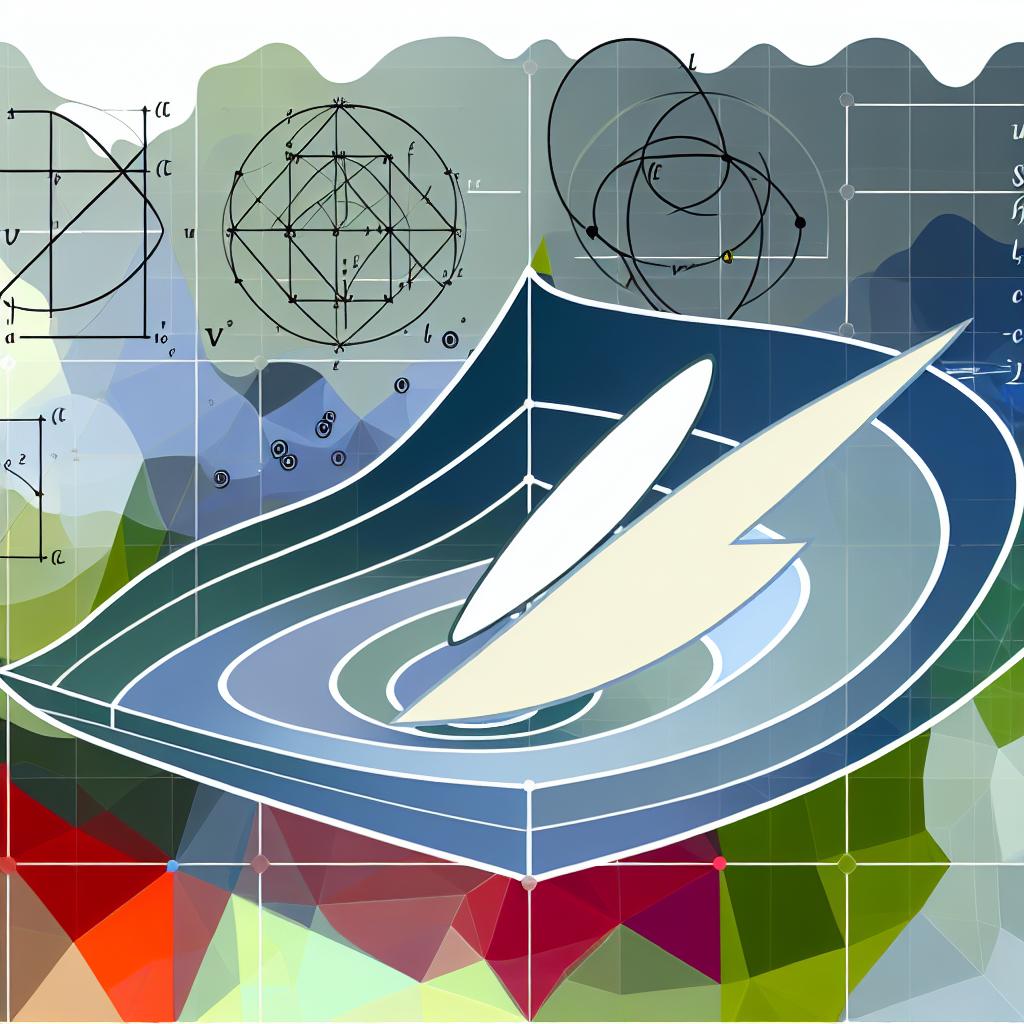Introduction to John Nash’s Contributions to Differential Geometry
John Nash, widely recognized for his pioneering work in game theory, made significant strides in the mathematical realm through his contributions to differential geometry. Despite his Nobel Prize-winning achievements in economics, Nash’s work in this mathematical field has significantly influenced the way complex concepts are perceived and understood within mathematics.
Nash’s Imbedding Theorem
A central pillar of Nash’s contributions to differential geometry is the celebrated Nash Embedding Theorem. This theorem delves into the concept of representing abstract geometric spaces within a more accessible, tangible Euclidean space. Essentially, Nash demonstrated that every abstract Riemannian manifold is capable of being isometrically embedded into a Euclidean space. This was revolutionary, as it provided a method to visualize and scrutinize highly abstract geometric concepts.
Nash’s theorem adeptly bridged the gap between deeply theoretical mathematical concepts and practical applications by illustrating how these abstract structures can be represented in real-world contexts. This representation goes beyond theoretical abstraction, offering geometric insights into the properties and behaviors of complex surfaces. For those seeking a more in-depth examination of this theorem, scholarly articles and mathematical journals offer comprehensive analyses and discussions.
Impact on Mathematics
The ramifications of Nash’s work reverberated well beyond pure mathematics. Notably, his embedding theorems found applications across a multitude of disciplines, including physics, engineering, and computer science. These theorems provided deeper insights, especially in theoretical physics, such as in the study of general relativity, where they allow for a mathematical examination of the geometry of spacetime.
Furthermore, Nash’s groundbreaking contributions laid the foundational groundwork for future developments in the field of differential geometry. His work opened new avenues for exploration in geometric analysis and influenced a wave of subsequent discoveries. The Nash Embedding Theorem, in particular, stimulated mathematicians to seek out new intersections and connections between various mathematical fields, catalyzing advancements in disciplines that intersect with differential geometry.
Further Contributions
Beyond the embedding theorem, Nash’s impact permeated other areas of mathematics. His exploration of partial differential equations (PDEs) and real algebraic geometry holds great significance. Nash developed innovative techniques for resolving nonlinear PDEs, which remain influential in contemporary mathematics. For individuals keen on delving into Nash’s pioneering methods for solving nonlinear elliptic equations, academic archives harbor a wealth of insights into his methodologies and their enduring impact.
His work in real algebraic geometry also provided a novel perspective, enriching the understanding of the geometric properties of real solutions to algebraic equations. This area is crucial in various applications, including topology and systems theory, and his contributions continue to echo throughout these mathematical landscapes.
Concluding Remarks
The legacy of John Nash in differential geometry stands as a testament to his profound impact on mathematics, beyond his widely acknowledged accomplishments in economics and game theory. By bridging the gap between abstract and applied mathematical concepts via the Nash Embedding Theorem, he facilitated significant advancements across numerous fields of study. His work harmonized theoretical exploration with practical application, enriching our understanding of complex systems.
For those with a keen interest in further exploring Nash’s work, a compendium of academic journals and publications serve as a reservoir of detailed, specialized information. Through these resources, one can gain a comprehensive understanding of Nash’s profound contributions, illustrating the lasting influence of his theoretical insights on the rich landscape of mathematics. The scope of Nash’s contributions continues to inspire and inform present and future research across interdisciplinary boundaries, solidifying his legacy as one of the giant figures in the realm of mathematical science.
This article was last updated on: May 4, 2025

